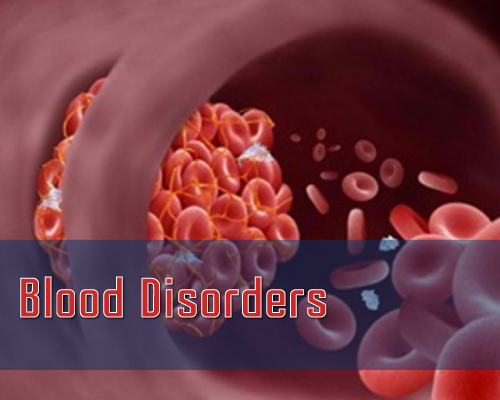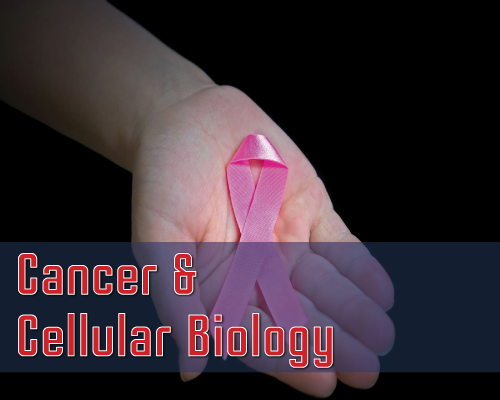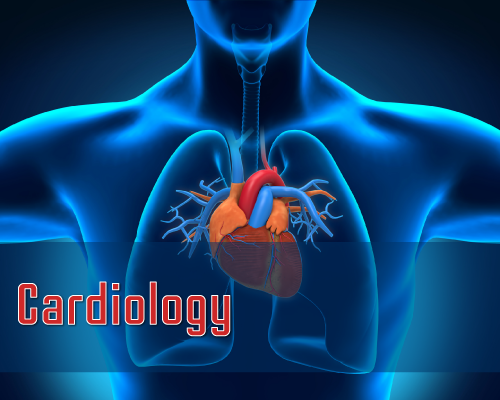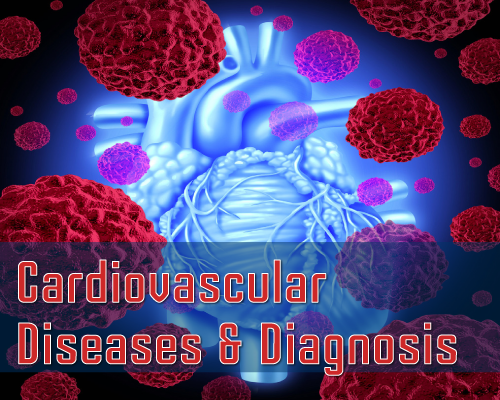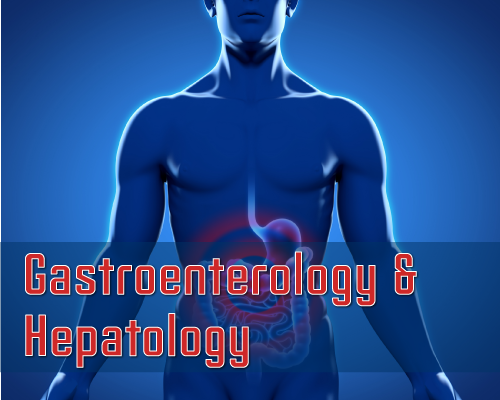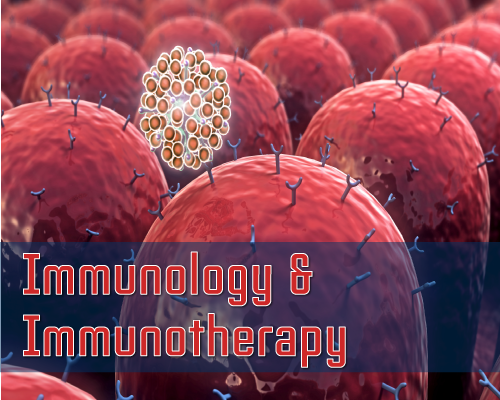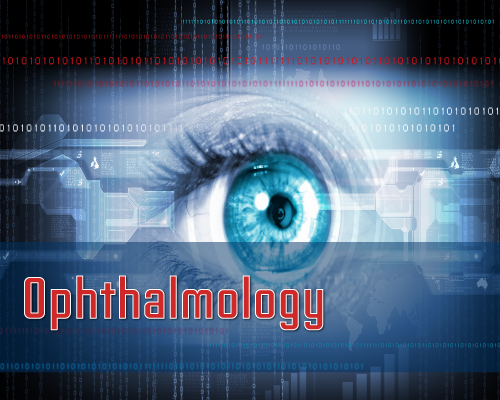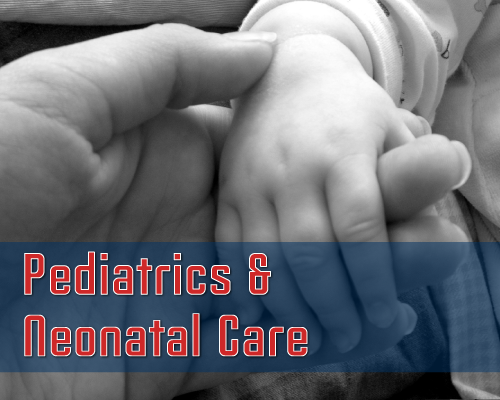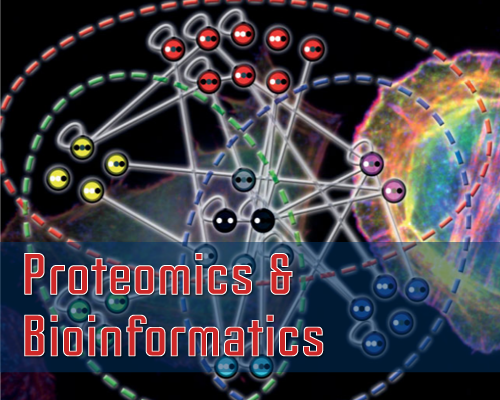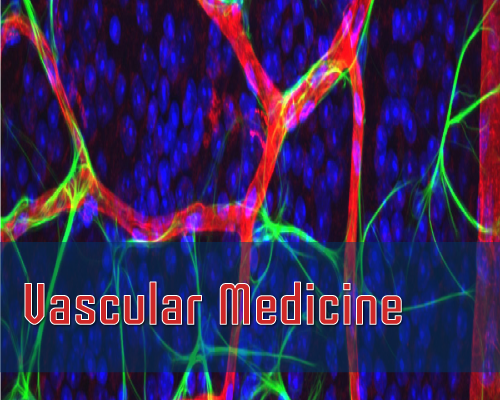Volume 4 Issue 1
Gillian Dwyer and Qiongqiong Zhou*
The frequency and mortality of liver cancer has become an increasingly urgent issue. Liver cancer is the second most common cause of cancer related death with an incidence rate that has more than tripled since 1980 [1-2]. Representing approximately 80% of liver tumors, Hepatocellular Carcinoma (HCC) is an aggressive type of liver cancer composed of malignant hepatocytes1 which originate within the liver tissue itself [1,3]. HCC predominantly affects East and South Asia, the Middle East, and Middle and Western Africa, while lower rates are seen in North and South America as well as Northern and Eastern Europe [2,4-5]. Because HCC is often diagnosed after it metastasizes, the overall five-year survival rate for patients is between 14-18% [2-3].
Cite this Article: Dwyer G, Zhou Q. An Overview of Hepatocellular Carcinoma. Int J Hepatol Gastroenterol. 2018; 4(1): 029-035.
Published: 16 March 2018
Research Article: Efficacy and Safety of Erlotinib Addition to Concurrent Chemoradiation in Patients of Unresectable Esophageal Carcinoma: a Comparative Study.
Shyamji Rawat and Hemu Tandan*
Background: Erlotinib is an oral EGFR Tyrosine Kinase (TK) inhibitor. Clinical trials of Erlotinib in combination with concurrent chemoradiotherapy in unresectable esophageal carcinoma have demonstrated improved clinical outcomes.
Purpose of study: We have prospectively evaluated the efficacy and safety of Erlotinib with Concurrent Chemoradiotherapy (CRT) in unresectable esophageal carcinoma compared with standard CRT.
Methods: In this prospective, two arm, comparative study, total 50 unresectable esophageal carcinoma patients received either Erlotinib (150 mg/day) with CRT or standard CRT. Treatment of CRT included cisplatin 50 mg/m2 intravenously weekly concurrently with external beam radiation therapy. Tumor response was assessed as per RECIST v 1.1 criteria. Toxicity and Adverse Events (AEs) were assessed as per CTCAE v 4.
Results: The higher number of patients achieved complete response in the Erlotinib plus CRT group than the CRT group [14/25, 56% vs. 10/25, 40%, p = 0.248], but it was statistically not significant. The adverse events commonly encountered in both the treatment groups were majority of grade 1/2/3. A higher incidence of skin reaction hypocalcaemia and GI toxicity was noted in the Erlotinib plus CRT group in comparison to CRT. No grade IV and V toxicity were observed in Erlotinib with CRT. Erlotinib was observed to be safe with few manageable toxicity profiles.
Conclusion: The addition of Erlotinib to cisplatin based concurrent chemoradiotherapy resulted in mild improvement in the tumor response and was found to be feasible and safe in unresectable esophageal carcinoma.
Keywords: Erlotinib; Esophageal; Gastro-esophageal junction; Carcinoma; EGFR; Tyrosine kinase inhibitor
Cite this Article: Rawat S, Tandan H. Efficacy and Safety of Erlotinib Addition to Concurrent Chemoradiation in Patients of Unresectable Esophageal Carcinoma: a Comparative Study. Int J Hepatol Gastroenterol. 2018; 4(1): 024-028.
Published: 19 February 2018
Research Article: Long-Term Follow-Up of Hepatitis B e Antigen-Negative Hepatitis B Virus Carriers according to the Status of HBV DNA and ALT Levels
Fumio Imazeki*, Makoto Arai, Tatsuo Kanda, Rintaro Mikata, Shingo Nakamoto and Osamu Yokosuka
Background and Aims: We examined the long-term prognosis of hepatitis B e antigen (HBeAg)-negative carriers according to the status of HBV DNA and ALT levels.
Methods: A total of 198 HBeAg-negative carriers visiting Chiba University Hospital between 2002 and 2005 were followed retrospectively for a median duration of 7.6 years. They were divided into 4 groups according to their maximal levels of HBV DNA and ALT, and were evaluated three times or more during the first year of follow-up: group A: 68 patients with HBV DNA <4 log copies (LC)/ml and ALT =30IU/l, group B: 31 with HBV DNA <4LC/ml and ALT >30IU/l, group C: 35 with HBV DNA =4LC/ml and ALT =30IU/l, group D: 64 with HBV DNA =4LC/ml and ALT >30IU/l.
Results: Hepatocellular Carcinoma (HCC) developed in 1, 0, 2 and 6 patients in groups A, B, C and D, respectively. These 9 patients were all cirrhotic except for 1 each in groups C and D. A significant factor associated with HCC development was cirrhosis, hepatitis flare-up, HBcrAg, AST, G-GTP, AFP, HBV DNA levels and platelet counts. Two patients died during follow-up, 1 of gastrointestinal bleeding and the other of HCC. Among 68 patients in group A, none developed hepatitis flare-up defined as ALT >80 IU/L and HBV DNA =4LC/ml.
Conclusions: HBeAg-negative carriers with HBV DNA<4 LC/ml and ALT=30 during the first year of follow-up showed favorable prognosis if inactive cirrhosis could be excluded.
Cite this Article: Imazeki F, Arai M, Kanda T, Mikata R, Nakamoto S, et al. Long-Term Follow-Up of Hepatitis B e Antigen-Negative Hepatitis B Virus Carriers according to the Status of HBV DNA and ALT Levels. Int J Hepatol Gastroenterol. 2018; 4(1): 017-023.
Published: 15 February 2018
Authors submit all Proposals and manuscripts via Electronic Form!


